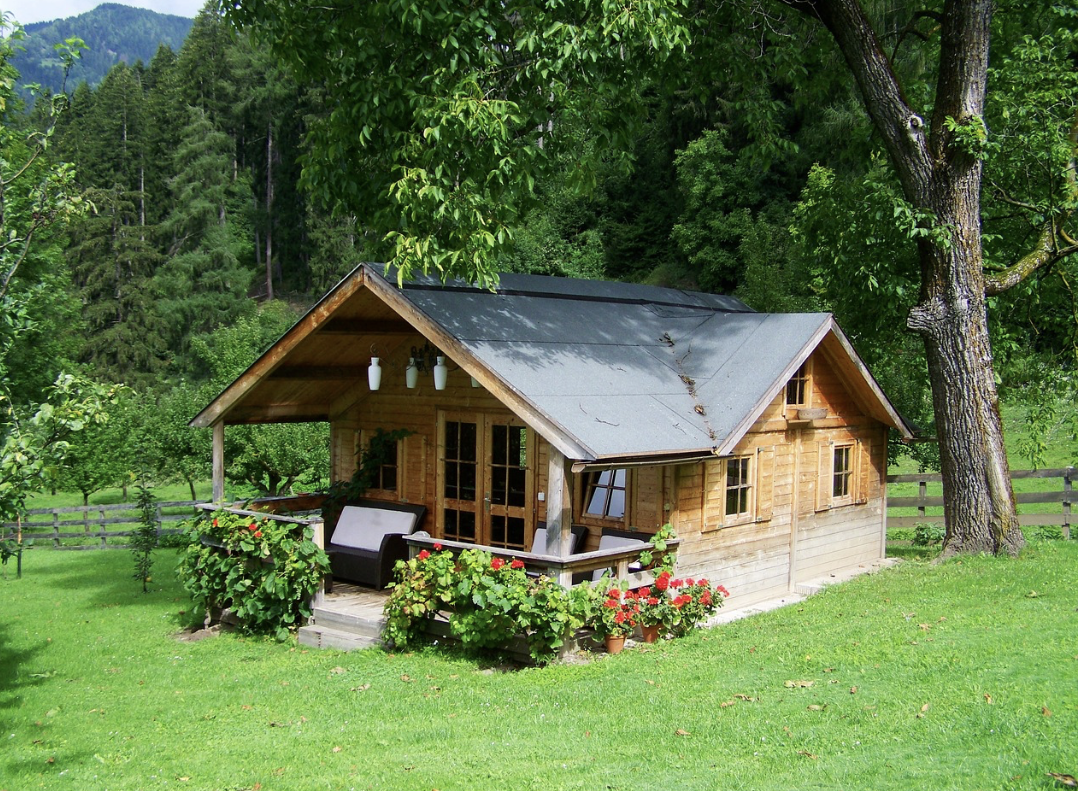How to Choose the Right Roofing Material for Your Tiny Home
Choosing the suitable roofing material for your tiny home can seem daunting. With so many options available, each with its unique benefits and drawbacks, it's easy to feel overwhelmed. This post will break down the process to help you make a better decision that suits your needs and enhances the beauty of your tiny home.
Understanding the Importance of Roofing in Tiny Homes
The roof is one of the most critical components of any home, including tiny homes. It protects you and your belongings from the elements, contributes to the home's overall energy efficiency, and adds to its aesthetic appeal. Choosing a suitable roofing material is even more crucial for tiny houses with limited space and unique designs. In this case, asking for advice from reputable roofers is a good idea. You can also research online. When you explore the internet, you may come across https://dreamworxexteriors.com/roofing/camp-hill/, where you can ask local roofers for recommendations. A well-chosen roof can enhance the durability and longevity of your tiny home. It can also impact your comfort by providing better insulation and reducing energy costs. Therefore, it's essential to consider all aspects before making your decision.
Factors to Consider When Choosing a Roofing Material
Climate and Weather Conditions
Selecting the suitable roofing material for your tiny home involves more than just aesthetics. Your area's climate and weather conditions play a significant role in choosing the best roofing material for your tiny home. For example, if you live in an area with heavy rainfall or snow, you'll need a roofing material that can withstand moisture and provide adequate insulation. In hot climates, reflective roofing materials like metal can help reduce cooling costs. Conversely, a material with excellent insulation properties, such as clay or concrete tiles, can help keep your home warm in colder climates.
Weight and Structural Support
The weight of the roofing material is an essential consideration for tiny homes, which often have lightweight frames. Heavy materials like slate, clay, and concrete tiles may require additional structural support. Lighter materials like asphalt shingles, metal, and synthetic roofing are generally more suitable for tiny homes, as they place less strain on the structure. However, ensuring that the chosen material provides adequate durability and protection is essential.
Enhancing Energy Efficiency
Choosing the suitable roofing material can significantly impact the energy efficiency of your tiny home. Materials like metal and certain types of synthetic roofing are highly reflective. This helps to keep your home cooler in the summer, reducing the need for air conditioning and lowering energy costs. Reflective coatings can also be applied to other roofing materials to enhance energy efficiency. These coatings help to reduce heat absorption and improve the overall energy performance of your roof. Some roofing materials, like clay and concrete tiles, offer excellent insulation. Ensure that your chosen roofing material and design allow for adequate ventilation. Features like ridge vents, soffit vents, and attic fans can achieve this.
Sustainable Roofing Options
If you're environmentally conscious, consider sustainable roofing options for your tiny home. Reclaimed wood shingles and shakes are eco-friendly options. They are made from salvaged wood, reducing the demand for new timber and minimizing environmental impact. Green roofing, or living roofs, involves covering the roof with vegetation. This can provide excellent insulation, reduce stormwater runoff, and enhance the aesthetic appeal of your tiny home. While green roofing can be more complex to install and maintain, it offers significant environmental benefits. Solar roofing involves integrating solar panels into the roof design. This allows you to generate renewable energy and reduce reliance on traditional power sources. While the initial cost of solar roofing can be high, it can offer long-term savings on energy bills.
Aesthetics and Personal Preference
Different materials offer different aesthetic options, so choose one that complements your home's design and reflects your style. For example, asphalt shingles are available in various shades, while wood shingles offer a natural, rustic look. Consider how the roofing material's color and texture will complement your tiny home's exterior. Lighter colors can help reflect heat, while darker colors absorb it. The architectural style of your tiny home can also influence your choice of roofing material. Ultimately, your choice of roofing material should reflect your personal preference. Consider what qualities are most important to you: durability, sustainability, or aesthetic appeal. Take the time to explore different options and choose a material that aligns with your vision for your tiny home.
Choosing the suitable roofing material for your tiny home is a crucial decision that can impact its durability, energy efficiency, and overall aesthetic appeal. By considering factors like climate, weight, maintenance, cost, energy efficiency, sustainability, and personal preference, you can make an informed choice that suits your needs and enhances the beauty of your home. If you're still unsure which roofing material is best for your tiny house, consider consulting a professional. They can provide expert advice and help you make the best decision for your unique situation. Remember, the right roof can make all the difference in creating a comfortable, efficient, and beautiful tiny home. Take the time to explore your options and choose a material that will provide lasting benefits for years. Happy roofing!










